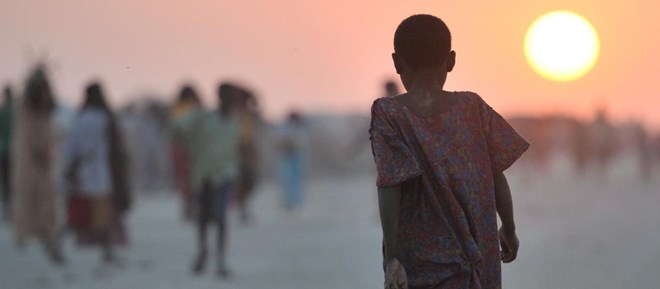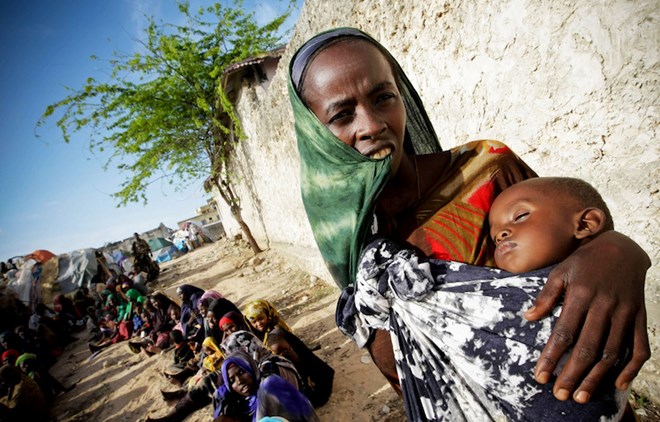UN Environment
Tuesday January 30, 2018

AMISOM
Over the past 25 years, Somalia has experienced a cycle of protracted droughts, culminating in the most recent one in 2016 and 2017, when rains failed for three seasons in a row.
Tragically, drought images from the country are so familiar that they rarely make the headlines. But the situation in Somalia has grown desperate. The recent drought has caused spikes in food scarcity, malnutrition, and cholera and other diseases; it has also driven people from the rural areas into the cities. In 2017, 1.2 million children were projected to be acutely malnourished; 80,000 children were forced to stop attending school; and 120,000 risked dropping out.
“Food security needs are nearly double the five-year average, and an estimated 6.2 million people need humanitarian assistance," Special representative of the UN Secretary-General to Somalia Michael Keating told the UN Security Council on 24 January. “Given the recurrent nature of droughts in Somalia, an imperative is to address the root causes of Somalia’s fragility and to build resilience to shocks. This is needed to prevent further refugee flows and displacement."
To identify the causes of the drought, assess its impact and damage, and develop a recovery strategy, the Federal Government of Somalia requested a Drought Impact and Needs Assessment as well as a Resilience and Recovery Framework to map out the way forward.
In response to that call, over 180 experts from the Government of Somalia and international partners collected, validated and analyzed data and developed recovery strategies across 18 sectors and cross-cutting areas. The process was led by Somalia’s Ministry of Planning, Investment and Economic Development, with support from the UN Somalia Country Team, the World Bank and the European Union.

A Somali woman holds a malnourished child, waiting for medical assistance from the African Union Mission in Somalia (AMISOM). (Source: UN Photo)
Launched this month, the Drought Impact and Needs Assessment estimates drought-related damages to be $1.02 billion and losses to be $2.23 billion, bringing the total effects of the drought to $3.25 billion. The Recovery and Resilience framework estimates total recovery needs at $1.77 billion.
The drought has had especially devastating effects on food production in southern Somalia. Cereal production has dropped by 45 per cent; it now sits at the lowest on record since 1988. Livestock – which account for 17 per cent of the country’s economic output – have also taken a hit. The size of livestock herds has declined by up to 60 per cent.
International development partners launched a Humanitarian Response Plan in 2017 to protect the most vulnerable populations and save lives. Considering the lasting impact of the drought and the continuing food insecurity, humanitarian needs are likely to exceed $1.4 billion for the 2018 Humanitarian Response Plan.
UN Environment has worked with implementing partners to help them maximize the impact of the data collected for the Drought Impact and Needs Assessment. By using UN Environment’s geo-spatial MapX platform, the partners have been able to consolidate all of the data collected into a single page.
This enables decision makers to access a common pool of information, add data as it becomes available, and make evidence-based decisions. Using the assessment data as a baseline, the impact of interventions planned because of the Recovery and Resilience Framework can be monitored over time.
To help spread key messages of the assessment and support outreach, MapX developed a story map that integrates key findings with the underlying datasets, photographs and stories from the field.